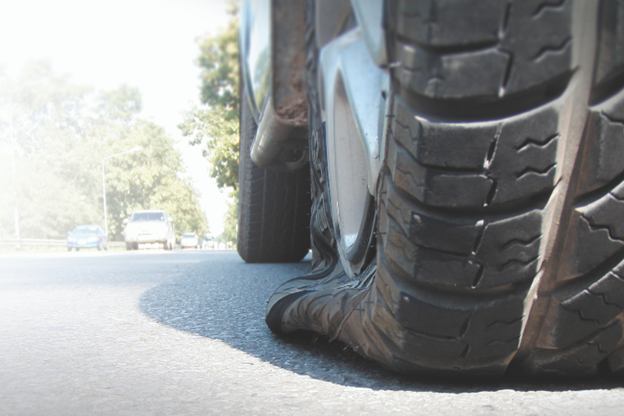Flats, blow outs, skids and longer stopping distances can all be the result of driving on underinflated tires. Approximately 40 percent of all incidents of unexpected tire failure are caused by underinflated tires.
It can be difficult to tell when your vehicle’s tire is underinflated. The tire may not look low until it gets below 20 pounds – which is significantly underinflated. To address this problem, newer vehicles are equipped with a tire pressure monitoring system (TPMS) that works with wheel sensors and brake systems to alert the driver that tire pressure is low.
Advantages to TPMS:
- Improves fuel economy- Tire pressure can negatively impact your fuel efficiency. Under-inflated tires have a greater resistance to rolling. According to the U.S. Department of Energy, you can boost your vehicle's mileage up to 3% by making sure your tires are inflated at the recommended air pressure.
- Extended tire life. Underinflated tires are the leading cause of tire failure and can contribute to other issues including cracking, separation or blowouts. Overinflated tires can be more susceptible to enduring damage from debris or potholes.
- Improved safety. Properly inflated tires add greater stability and more seamless braking, providing a safer experience for the driver and other vehicles on the road.
If your vehicle’s TPMS warning light appears, check the air pressure in your tires and inflate any tire that is low. The indicator light should go off once the tire is set to the appropriate pressure. Or even better, head over to Old Town Auto and we will set them for you!
Old Town Auto
707.442.4556
Revised from content contributed by NAPA Service Assistant

